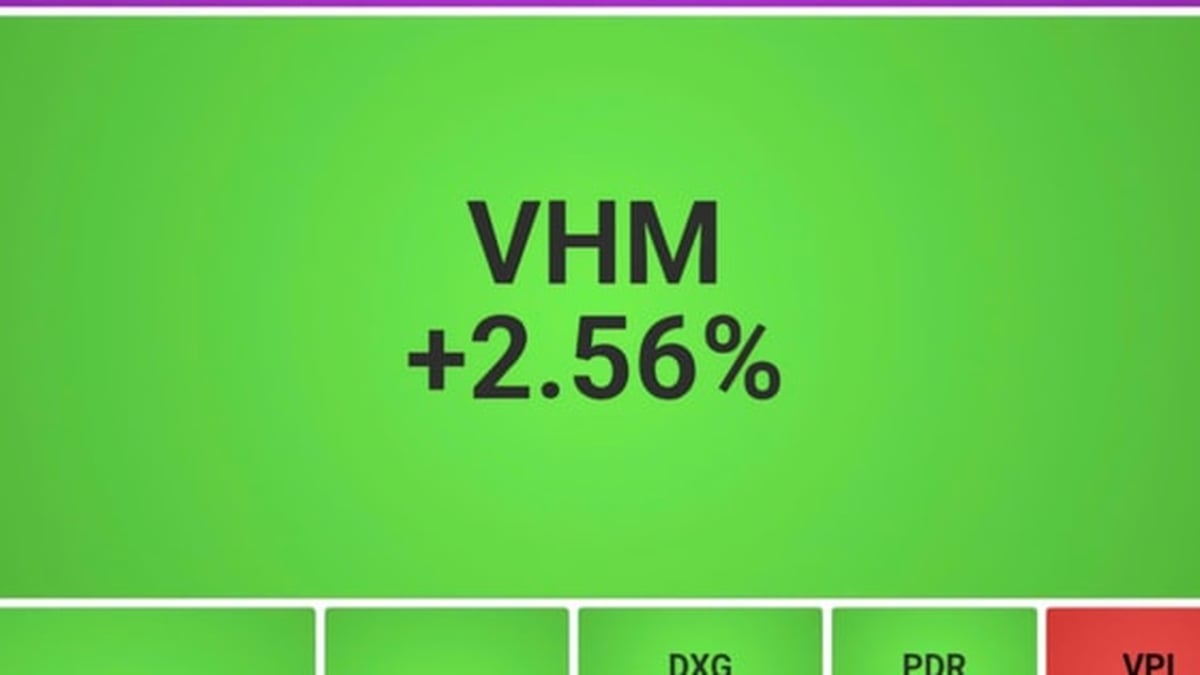Hypertension is the leading dangerous disease that causes stroke and many other dangerous complications such as aortic dissection, eye complications, kidney failure, myocardial infarction, etc. Therefore, people with hypertension need treatment to control blood pressure at a safe level.
To control blood pressure well, patients must first strictly follow the doctor's prescription. Combine with changing to a healthy lifestyle, exercising regularly, quitting smoking, avoiding anxiety, stress...
Regular exercise helps the body stay healthy, increases sugar consumption, reduces the risk of insulin resistance in diabetic patients with high blood pressure and maintains more stable blood pressure.
Diet plays a particularly important role in preventing and treating high blood pressure. Changing your lifestyle and following a proper diet as directed by your doctor will help control and prevent dangerous complications of the disease.
Foods rich in potassium
One of the natural, effective and safe ways to control blood pressure is to increase your intake of potassium-rich foods. According to the World Health Organization, a diet rich in potassium helps reduce the effects of sodium in the body and thereby lower blood pressure.
According to the World Health Organization, adults should consume about 3,510 mg of potassium per day to achieve cardiovascular protection.
Potassium helps dilate blood vessels, helps the kidneys excrete sodium, and regulates electrolyte balance in the body. Many studies have demonstrated a link between potassium intake and blood pressure levels. Potassium supplementation can reduce systolic blood pressure by an average of 3.49 mmHg and diastolic blood pressure by 1.96 mmHg in adults, especially effective in people with high blood pressure and a high-salt diet.
Foods rich in potassium include bananas, sweet potatoes, spinach, beans, tomatoes, watermelon, and avocados. Experts recommend getting potassium from whole foods rather than supplements, as these also provide the benefits of fiber and other micronutrients. However, people with kidney disease should consult their doctor before increasing their potassium intake, as their ability to filter potassium is limited.
/https://cms-prod.s3-sgn09.fptcloud.com/trai_cay_co_mui_1_5d4d63b2ed.jpg)
Citrus fruits
Studies have also shown that drinking orange and grapefruit juice can help lower blood pressure. However, grapefruit and grapefruit juice can interfere with common blood pressure medications (potentially causing adverse interactions), so consult your doctor before adding this fruit to your diet.
Salmon and other fatty fish
Fatty fish are a good source of omega-3 fatty acids, which are beneficial for heart health. These fats can help lower blood pressure levels by reducing inflammation and reducing oxylipins (a substance that causes blood vessels to constrict).
A study in 2,036 healthy people found that those with the highest blood levels of omega-3 fats had significantly lower systolic (top number) and diastolic (bottom number) blood pressure than those with the lowest blood levels of these fats. Higher omega-3 intake was also associated with a reduced risk of high blood pressure.
Pumpkin seeds
Pumpkin seeds are highly nutritious. They are also a concentrated source of nutrients important for blood pressure control, including magnesium, potassium, and arginine, an amino acid needed to produce nitric oxide, which is essential for relaxing blood vessels and lowering blood pressure.
Pumpkin seed oil has also been shown to be a natural remedy for high blood pressure. One study in 23 women found that supplementing with 3 grams of pumpkin seed oil daily for 6 weeks resulted in a significant reduction in systolic blood pressure, compared to a placebo group.

Fish mint
Fish mint is known as a natural medicine that helps control high blood pressure thanks to its vasodilation, diuretic and anti-inflammatory mechanisms.
Proper use of this vegetable can bring positive effects to people with prehypertension or mild hypertension. However, to maximize its effectiveness and safety, it is necessary to rely on guidance from medical research.
According to the World Health Organization on medicinal plants in Asia, gotu kola can be used fresh (eaten raw), made into tea, extracted in liquid form or in capsules.
The most common form of use in Vietnam is to grind fresh fish mint leaves to get the juice to drink, about 50-100ml per day, divided into 1-2 times after meals. Fish mint extract can help regulate blood pressure by reducing the activity of ACE (angiotensin-converting enzyme) - a factor that increases blood pressure in the body.
The study also recommends using fish mint in the form of tea such as dried, brewed with hot water, about 1-2 cups per day to help control stable blood pressure in people with early stage hypertension, while not causing significant side effects. Experts also note that you should not overdose (>200ml/day of fresh juice) because it can cause cold stomach or digestive disorders.
Source: https://khoahocdoisong.vn/thuc-pham-nao-giup-ha-huyet-ap-an-toan-post2149041468.html




































































































Comment (0)